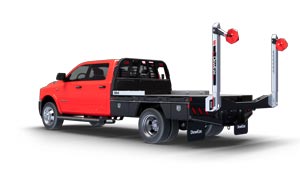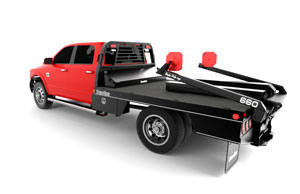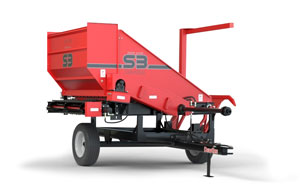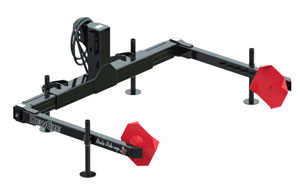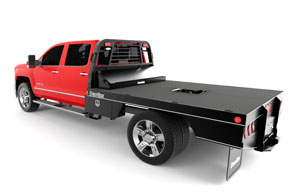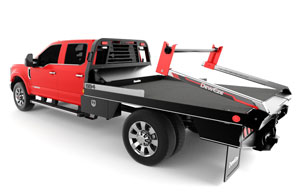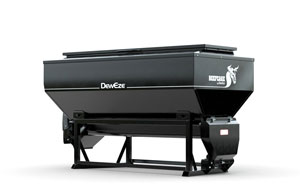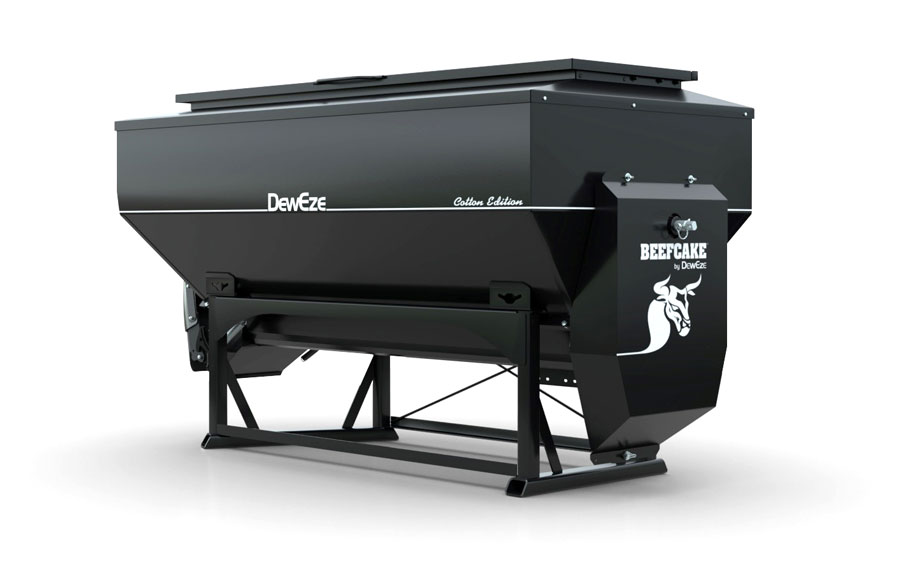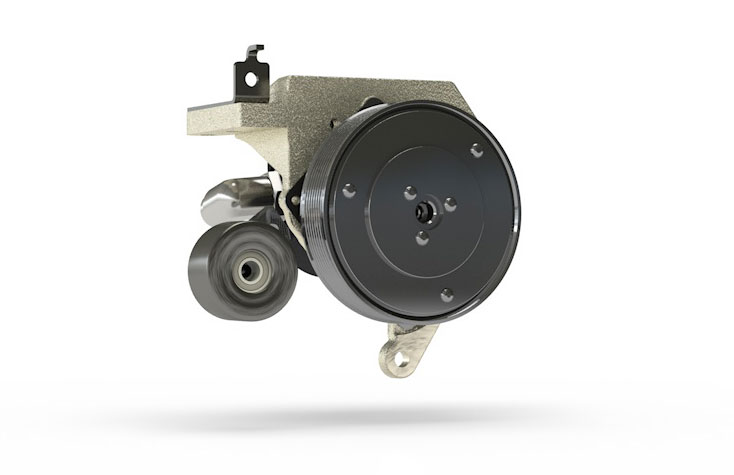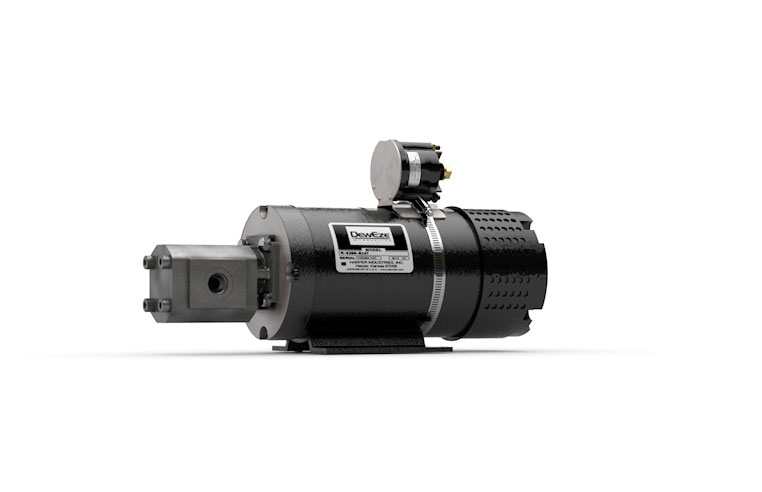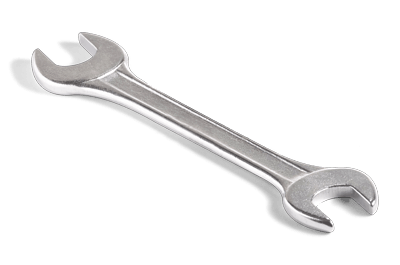DewEze Hydraulics has established itself as a leader in the design, manufacturing, and sales of clutch pump kits. These kits include many different components, for the sake of simplicity, we want to break the CPK into three major components: the first being the bracket designed in-house, the second the pump, and the clutch as the final component. While often overlooked, the initial installation and run-in of the clutch is a critical component of clutch longevity.
How a clutch works:
There are three main components that make up a clutch: the armature, pully, and field coil. When voltage is applied to the clutch assembly the field coil and armature are attracted to each other. Pump rotation starts at the pully, however, it is the friction between the armature and field coil that moves fluid, allowing work to be accomplished. We will talk further about the importance of voltage in this system for you to realize the potential of your clutch pump kit.
Proper Installation:
While clutch installation isn’t complicated, attention to detail must be taken to ensure proper steps are followed. Installation instructions are available online here.
Proper Voltage:
Our most common clutch is the 12V version. For an electromagnetic clutch to function properly, the correct voltage must be present at the input of the clutch to maximize torque. Voltage and torque are tied together, if there is not sufficient voltage present, the torque you can use will be reduced. For a video on checking voltage, please follow this link for additional resources.
Proper Run-In (Burnishing):
Burnishing a clutch allows the operator to take advantage of the full torque potential of the clutch, and is an important, often overlooked, step in the installation process. On an open-loop system, the clutch should be engaged/disengaged every couple of seconds with a goal of 50 cycles. On a closed-loop system, the burnishing process is the same, however you must ensure that the system does not come under a load during this process.
Most Common Issues:
Clutches should be considered a wear item, and overtime, can begin to cause issues. Although, there are certain issues that seem to appear more often.
-
Contamination – since our clutches rely on a friction to transfer torque, any foreign material that is present between the armature and the coil can result in sliding of the armature or coil, resulting in decreased performance or galling.
-
Pully wear – after many years of use, wear in the belt grooves can cause premature belt failure.
-
Not disengaging clutch at high RPM’s – unless there is work being performed, there is no reason to have the clutch engaged. Limiting the engagement of the clutch will maximize the life of your system.
